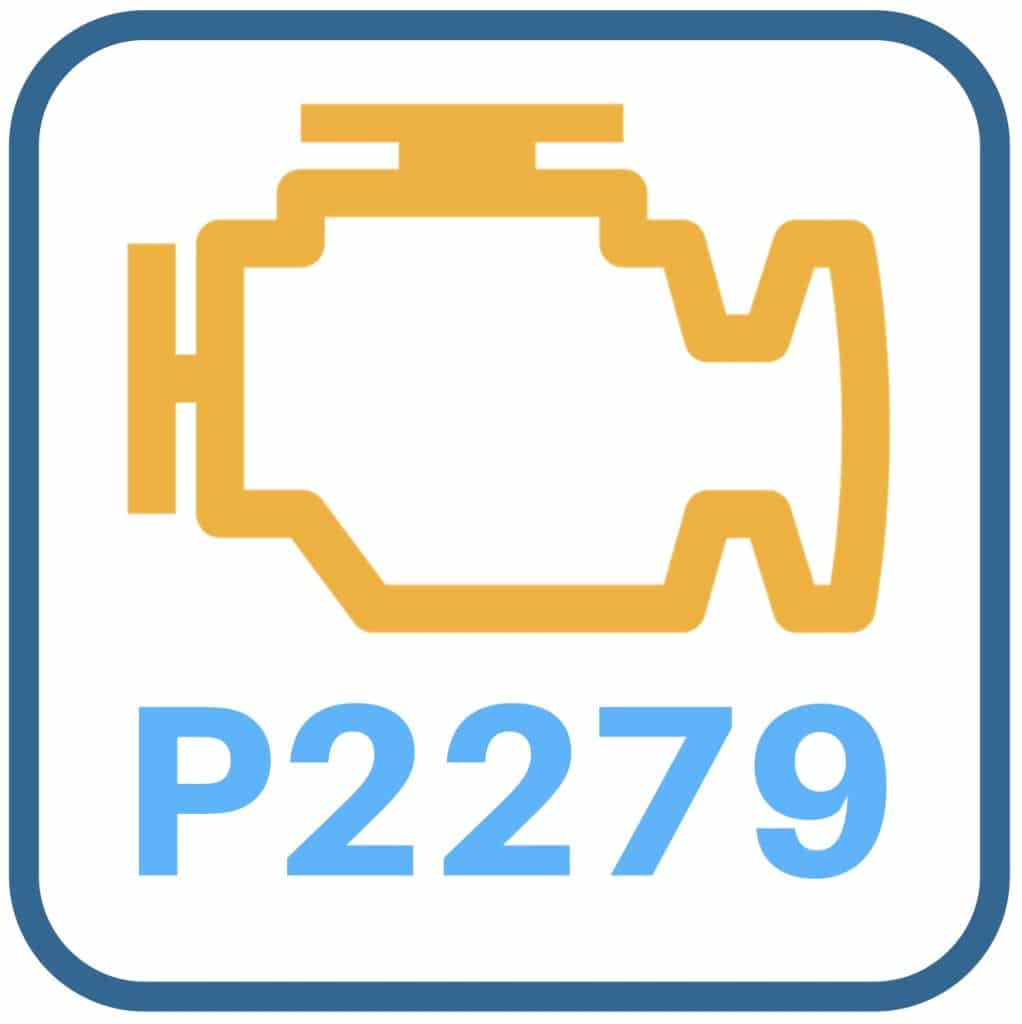P2279 is a generic OBD-II code. It indicates there is a vacuum leak coming from your Mazda CX-9’s air intake system. While P2279 is a generic code (it has the same definition for the CX-9 as it would any other vehicle made after 1996), repair steps will vary based on model year and engine.
The most common cause of P2279 is a vacuum leak. If you’ve recently cleaned your air induction system (particularly the throttle blade), the code can appear while the PCM learns to compensate for the extra air now entering the engine at idle.
P2279 Definition: Intake Air System Leak

The intake air system allows air to enter your CX-9’s engine. The PCM (powertrain control module) monitors the amount of air entering the intake manifold via a MAP (manifold absolute pressure) sensor or a Mass Airflow Sensor.
When the PCM detects that the amount of air entering the engine is greater than the sensors mentioned above indicate, P2279 will be stored in its memory.
P2279 Symptoms: Mazda CX-9
There are almost always noticeable symptoms when P2279 is present. There are usually symptoms because modern fuel-injected engines (such as the one in your CX-9) need to maintain the ideal air/fuel mixture of 14.7:1, and when they deviate from that mixture, it really can affect the way they run.
When too much air is getting into the combustion chamber, the air mixture is considered lean. Here are the most common symptoms associated with a lean engine and P2279:
- Lack of power
- Stalling
- Pinging or knocking sounds
- Misfire trouble codes
- Dedicated lean trouble code
- Hissing sound (this indicates an air leak and is good news since noticeable noise is usually pretty easy to track down)
- Surging engine, and your Mazda CX-9 may have a hard time finding idle
Mazda CX-9 P2279 Causes and Diagnosis

While a vacuum leak is the most common cause of P2279, a recently cleaned throttle body can also trigger this code. Your CX-9’s PCM will need time to adjust for the change in airflow that the cleaning has caused.
If there are any misfire or air-fuel mixture-related codes, focus on P2279 first. These will likely take care of themselves after you find the vacuum leak.
The good news with P2279 is that it is usually pretty easy to track down and fix. Here’s an excellent order to check potential causes.
Listen for a Leak
Remember that P2279 can only be detected where the air is metered. So, there’s no point in checking around anything upstream of the Mass Airflow Sensor.
Open your CX-9’s hood and listen for an air leak with the engine running. You may get lucky and hear an obvious leak.
If the leak is not so apparent, you can use carb cleaner to find it. You’ll spray a little bit on intake parts, and when the RPM increases, you’ve found the leak.
Start where air enters the engine and work your way back. It’s way more likely that a hose has been compromised than an intake manifold gasket has failed.
Do this when the engine is completely cold, and have a fire extinguisher handy. Proceed at your own risk.
Common Vaccum Leak Points
Here are the most common locations in an engine that can cause P2279 in the Mazda CX-9:
- Any sensor attached to the intake
- Fuel injector seal (if you have a single-cylinder misfire code, this becomes a real possibility)
- Brittle and broken vacuum hoses
- Power brake booster (the vacuum hose that runs from it to the intake)
- Intake temp sensor
Conclusion
A vacuum leak almost always causes P2279 in the Mazda CX-9. Testing for it is easy with carb and choke cleaner, but it can be dangerous. If you test with it, make sure the engine is cold and have a fire extinguisher handy.

